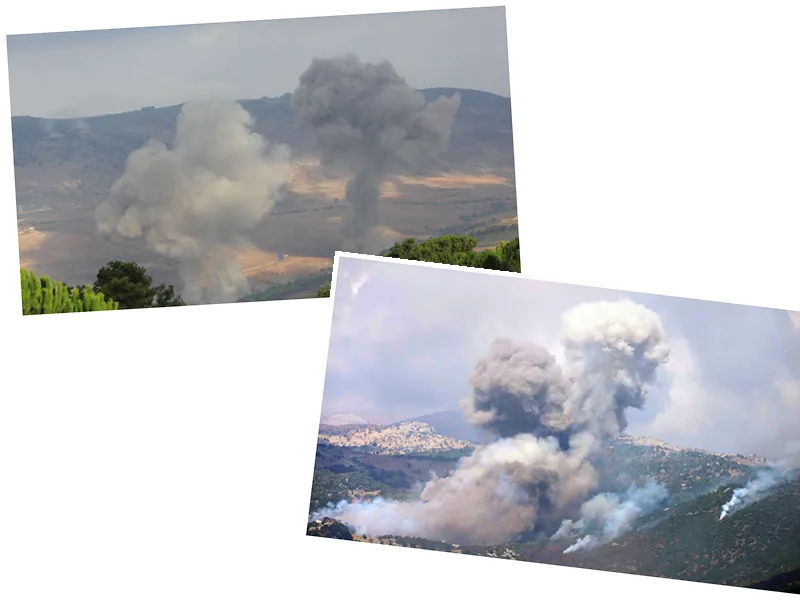Escalating Violence in Lebanon and Gaza: Recent Israeli Strikes Result in High Casualties
In a series of deadly Israeli airstrikes across Lebanon, Gaza, and Syria, at least 80 individuals have been reported dead since Saturday night, with the majority of casualties occurring in southern Lebanon. The Lebanese Health Ministry confirmed that at least seven people, primarily women and children, were killed in an airstrike on the town of Saksakieh on November 11. Rescuers continue to search for survivors in the rubble of targeted homes, as reports indicate widespread destruction from the ongoing conflict.
Hezbollah's media chief, Mohammad Afif, stated that the Israeli army has yet to occupy any villages in southern Lebanon despite a ground offensive that began on September 30. He claimed that Hezbollah forces have successfully pushed back Israeli troops in key areas, including Khiam, and dismissed allegations regarding a decrease in Hezbollah's missile stockpile. The group has recently employed Iranian-made Fateh 110 ballistic missiles in its operations against Israel, targeting military installations in northern Israel.
Humanitarian Crisis and International Responses
The violence has contributed to a humanitarian crisis in the region, with reports indicating that over 2,500 people have been killed in Lebanon since the escalation of hostilities. In Gaza, at least 41 fatalities were reported following Israeli strikes on residential areas, including homes that housed families, exacerbating the dire conditions in the enclave. The World Health Organization has warned of imminent famine in northern Gaza, where humanitarian aid has significantly dwindled.
As the conflict continues, Israeli Foreign Minister Gideon Saar noted some progress towards a potential ceasefire. However, Hezbollah officials indicated that no formal agreements have been communicated to them. The situation remains fluid, with ongoing military operations and a pressing need for humanitarian intervention in the affected areas.





